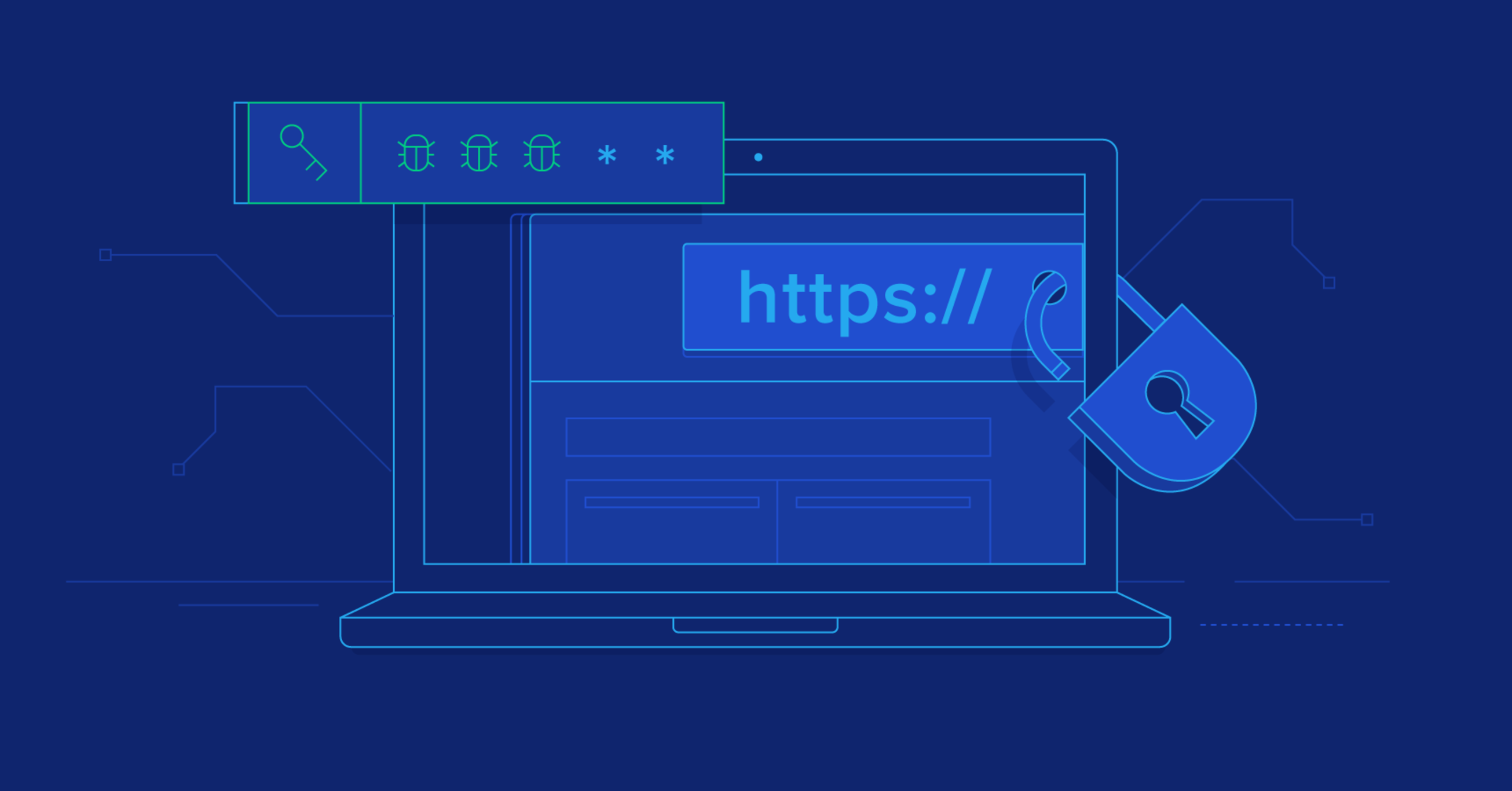
In today’s digital age, websites serve as crucial platforms for businesses, organizations, and individuals to connect with their audience, share information, and conduct transactions. However, with the increasing prevalence of cyber threats, ensuring the security of your website is paramount to protect sensitive data, maintain user trust, and safeguard against potential breaches.
Unfortunately, many website owners fall victim to common security mistakes that leave their sites vulnerable to exploitation by malicious actors. In this comprehensive guide, we’ll delve into these pitfalls and provide actionable insights on how to avoid them at all costs. From weak passwords to neglecting regular security audits, each aspect plays a crucial role in fortifying your website’s defenses and mitigating the risk of cyber attacks.
Common Website Security Mistakes to Avoid at All Costs:
Weak Passwords:
Weak passwords are akin to leaving the front door of your house unlocked. They provide easy access for attackers to compromise your website and its data. Avoid using predictable passwords such as “password” or “123456”. Instead, opt for complex combinations of letters, numbers, and special characters. Additionally, enforce password policies that require regular updates and prohibit password reuse across multiple accounts.
Outdated Software:
Using outdated software, including content management systems (CMS), plugins, and frameworks, is akin to leaving a window open for hackers to exploit known vulnerabilities. Regularly update your software to the latest versions to patch security flaws and protect against potential exploits. Implement automatic updates where possible and maintain a vigilant eye on security advisories from software vendors.
Lack of HTTPS:
Without HTTPS (Hypertext Transfer Protocol Secure), your website is susceptible to interception and tampering with data transmitted between the user’s browser and your server. Implementing HTTPS encrypts this data, ensuring secure communication and safeguarding sensitive information such as login credentials and payment details. Obtain an SSL/TLS certificate from a trusted Certificate Authority (CA) and configure your server to enforce HTTPS for all connections.
Insufficient Access Controls:
Failing to properly manage user access permissions can lead to unauthorized access to sensitive data or administrative functions. Implement robust access controls, limiting user privileges based on their roles and responsibilities. Utilize a principle of least privilege, granting users only the permissions necessary to perform their tasks. Regularly review and update user permissions to ensure alignment with business requirements and mitigate the risk of insider threats.
Inadequate Input Validation:
Failure to validate user input effectively opens the door to various attacks, including SQL injection, cross-site scripting (XSS), and command injection. Always validate and sanitize user input to prevent malicious code execution and data manipulation. Utilize input validation libraries and frameworks to streamline this process and reduce the risk of vulnerabilities. Additionally, implement output encoding to mitigate the risk of XSS attacks by encoding user-supplied data before rendering it in the browser.
Missing Web Application Firewall (WAF):
A Web Application Firewall (WAF) acts as a barrier between your website and malicious traffic, filtering and monitoring HTTP requests to detect and block potential threats. Implementing a WAF adds a layer of defense against common web-based attacks such as SQL injection, cross-site scripting, and brute force attacks. Choose a WAF solution that offers robust security features, including customizable rule sets and real-time threat intelligence.
Poorly Configured Error Handling:
Revealing detailed error messages to users can inadvertently disclose sensitive information about your website’s infrastructure and functionality. Implement proper error handling mechanisms to display generic error messages to users while logging detailed error information internally for troubleshooting purposes. Configure your web server to suppress server-side errors and utilize custom error pages to provide informative yet secure feedback to users.
Unsecured File Uploads:
Allowing users to upload files to your website without adequate validation and security measures can pose significant risks, including malicious file execution and server compromise. Implement strict file type verification, file size limitations, and malware scanning for all uploaded files to prevent unauthorized access and mitigate potential threats. Additionally, consider storing uploaded files in a separate directory with restricted permissions to limit their impact in the event of a security breach.
Ignoring Security Headers:
HTTP security headers provide an additional layer of protection by controlling browser behavior and enforcing security policies. Headers such as Content Security Policy (CSP), X-Frame-Options, and X-XSS-Protection help prevent common web attacks and enhance the overall security posture of your website. Configure your web server to include appropriate security headers and regularly audit their effectiveness using online security scanning tools and browser developer tools.
Neglecting Regular Security Audits and Penetration Testing:
Conducting regular security audits and penetration testing is essential for identifying and addressing security vulnerabilities proactively. Utilize automated scanning tools, perform manual code reviews, and engage third-party security experts to assess your website’s security posture comprehensively. Implement remediation measures based on audit findings to strengthen your defenses and minimize the risk of security breaches. Additionally, consider integrating security testing into your software development lifecycle (SDLC) to ensure that security is prioritized throughout the development process.
Conclusion:
By avoiding these common website security mistakes and implementing robust security measures, you can enhance the resilience of your website against potential threats and safeguard sensitive data from unauthorized access or exploitation. Remember, proactive security measures are crucial for maintaining the integrity, confidentiality, and availability of your online assets in today’s evolving threat landscape.


